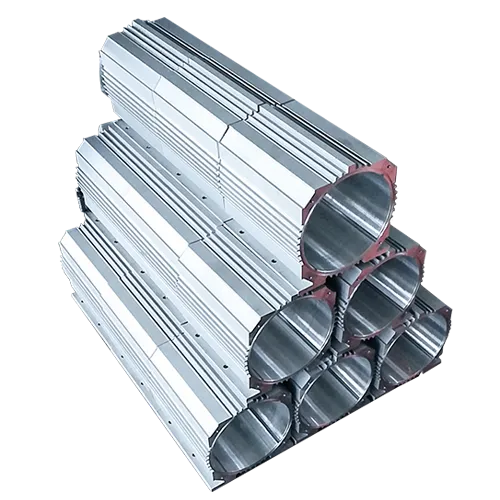Mobile:+86-311-808-126-83
Email:info@ydcastings.com
gearbox shell
The gearbox shell is a crucial component in the machinery and automotive industries, serving as the protective outer casing for the gearbox, which is responsible for transmitting power and controlling the speed and torque of a vehicle or equipment. This article explores the significance, materials, design considerations, and advancements in gearbox shell technology.
The primary function of the gearbox shell is to safeguard the internal components, such as gears, bearings, and seals, from external elements such as dust, dirt, and moisture, which can lead to wear and damage. A sturdy gearbox shell ensures that the system operates efficiently and has a longer lifespan, reducing maintenance costs and downtime. Therefore, the design and material selection for the gearbox shell are paramount to its performance and durability.
Typically, gearbox shells are manufactured from three main materials aluminum, cast iron, and steel
. Aluminum is commonly used for lightweight applications, as it offers a high strength-to-weight ratio and excellent corrosion resistance. In contrast, cast iron is favored for its durability and vibration dampening properties, making it ideal for heavy-duty applications. Steel is also utilized for its strength and toughness; however, it is usually heavier than the other options. The choice of material often depends on the specific requirements of the application, including weight constraints, load capacities, and environmental conditions.Design considerations for a gearbox shell are multifaceted. Engineers must account for factors such as the housing shape, wall thickness, and mounting provisions. The shape of the gearbox shell can influence the distribution of forces during operation, while adequate wall thickness is essential to withstand the stresses imposed by the internal mechanisms. Additionally, integrating features such as ribbing can enhance the shell's rigidity while minimizing weight. Proper mounting provisions are also critical to ensure alignment with other components, which is vital for the overall efficiency of the gearbox.
gearbox shell

Recent advancements in manufacturing technologies, such as 3D printing and computer-aided design (CAD), have revolutionized the way gearbox shells are developed. 3D printing allows for rapid prototyping and customization, enabling engineers to experiment with complex geometries that were previously difficult to achieve. CAD software facilitates detailed simulations that predict performance under various operating conditions, thereby enhancing design accuracy and reducing the likelihood of failures.
Moreover, advancements in materials science have led to the development of composite materials and advanced alloys that offer improved properties compared to traditional materials. These innovations not only enhance performance but also contribute to weight reduction, which is especially critical in automotive applications where fuel efficiency is paramount.
In conclusion, the gearbox shell plays a vital role in the overall functioning and reliability of mechanical systems. As industries continue to evolve, the emphasis on robust, lightweight, and efficient gearbox shells will only grow. Innovations in materials and manufacturing processes will pave the way for more effective designs, ensuring that machinery and vehicles can operate at optimal levels in an ever-changing technological landscape. The future of gearbox shells is not just about protection; it’s about enhancing performance and pushing the boundaries of engineering excellence.
-
Impeller Technology That Powers Precision in Pump SystemsNewsMay.22,2025
-
Valve Durability Begins with Quality Cast Iron ComponentsNewsMay.22,2025
-
Performance Cooling with Advanced Automobile Water Pump SolutionsNewsMay.22,2025
-
How Motor Housing and Oil Pans Shape Engine PerformanceNewsMay.22,2025
-
How Metal Castings Drive Modern Manufacturing EfficiencyNewsMay.22,2025
-
Exploring the Engineering Behind Valve Body CastingsNewsMay.22,2025











